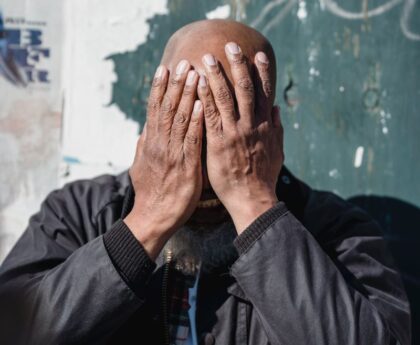New Cardinals Appointed by Pope Francis Cement Church‘s Future
Introduction
In a significant move to shape the future of the Catholic Church, Pope Francis has appointed 21 new cardinals during a ceremony in St. Peter’s Square known as a consistory. These new cardinals, often referred to as the “princes of the Church,” are the Pope’s closest advisers and will play a crucial role in the selection of his successor. This elevation increases the percentage of cardinals chosen by Pope Francis to approximately 73 percent, bringing his vision of a more progressive and inclusive Church closer to reality. The appointment of these cardinals, particularly those from countries considered the “peripheries” of the world, highlights the Pope’s commitment to recognizing and empowering marginalized communities within the Church.
Implications for the Future
With the majority of the new cardinals being under the age of 80, they will have the privilege of participating in the secret conclave that will elect the next pontiff after Pope Francis’ term ends. This presents an opportunity for the Church to experience a continuation of the current Pope’s progressive ideals, although the election outcome is not guaranteed to align with his vision. The appointment of Bishop Stephen Chow Sau-Yan of Hong Kong and Italian Bishop Pierbattista Pizzaballa, among others, showcases the Pope’s strategic choices to address specific challenges faced by the Church in regions such as China and the Holy Land.
A Shift in Cardinal Representation
Over the past decade, Pope Francis has made a conscious effort to diversify the representation among the cardinal electors. This trend is reflected in the growth of Asian and African cardinals, while the number of European cardinals has diminished. The appointment of individuals from South Sudan, Malaysia, and other countries experiencing conflict or where Catholics are a minority reflects the Pope’s commitment to recognizing the importance of these regions and their unique challenges. It symbolizes a departure from the traditional power structures within the Church and a move towards a more inclusive and globally representative institution.
The Pope’s Philsophy
In his homily during the consistory ceremony, Pope Francis emphasized the necessity of diversity within the Church, stating that it is indispensable for its growth and relevance. He compared the Church to an orchestra, suggesting that all sections and instruments must play together harmoniously, without drowning out one another. The Pope identified his role as the conductor, tasked with fostering a “creative fidelity” that listens to different voices and perspectives. This philosophy aligns with his commitment to a more synodal Church, where decisions are made collectively through dialogue and consultation.
The Synod and its Controversies
Following the consistory, Pope Francis will open a month-long synod in the Vatican that will shape the future of the Church. The synod aims to address long-standing issues within the Catholic Church and provide space for lay Catholics, including women and those on the margins of society, to have a greater voice in decision-making processes. Proponents of the synod believe it is an opportunity to challenge power dynamics and bring about much-needed changes. However, conservatives argue that the synod may undermine the hierarchical structure of the Church and dilute traditional doctrine.
Conclusion
The appointment of new cardinals by Pope Francis solidifies his progressive and inclusive legacy within the Catholic Church. By diversifying the representation among the cardinal electors, the Pope ensures a more global perspective in the selection of his successor. The forthcoming synod presents an important opportunity for the Church to address pressing issues and evolve to better serve the needs of its members. As the Church moves forward, the balance between tradition and progress will continue to be a subject of debate and reflection.

<< photo by Marios Potsis >>
The image is for illustrative purposes only and does not depict the actual situation.
You might want to read !
- “Prioritising the Pursuit of the Common Good: Insights from Pope Francis”
- “Cheers to Heartbreak: Fitzroy Experiences an Emptiness on Tap”
- Star Wars KOTOR Remake Publisher Stays Mum on Controversial Decision
- Game Over: ‘Star Wars Knights of the Old Republic’ Remake Fizzles Out
- “QLD Legend’s Controversial Call: A Bold Walsh Move to Unsettle Panthers in State of Origin?”
- Danushka Gunathilaka acquitted of rape allegations – A closer look at the investigation results
- Game On: Your Ultimate Guide to Catching the Epic Saturday Night Showdown
- “Victorious Fiji Defeats Georgia 17-12 in Thrilling Rugby World Cup 2023 Clash”
- The Urgent Call: Unveiling the Path to Combat Fashion’s Climate Footprint
- 1. “Time for a Change: Reconsidering the Relevance of Daylight Saving in Australia”
- Rupert Murdoch’s Departure Marks a New Era for Fox and News Corp: Exploring the Implications
- Yze Takes the Lead: A New Era Under Senior Coach
- “The Dawn of a New Era: Damien Hardwick Takes the Helm at Gold Coast Suns for a Six-Year Journey”




